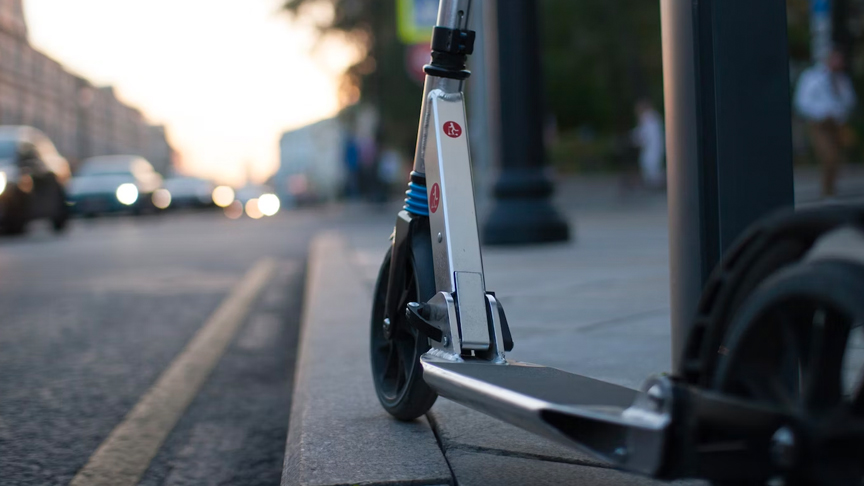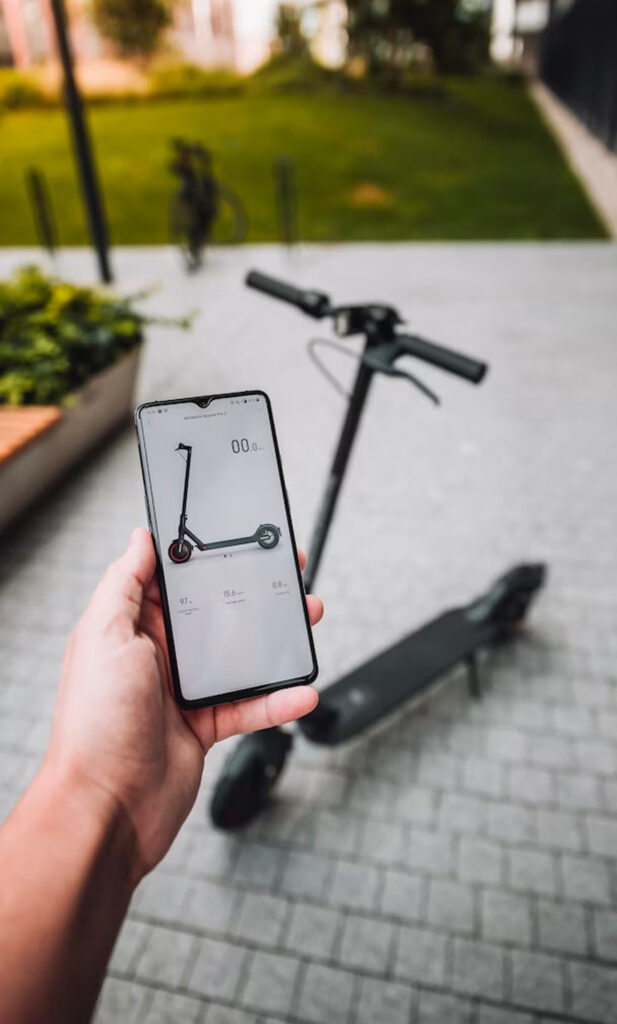As cities around the world become increasingly populated, urban mobility has become a pressing issue. E-scooters once hailed as the solution for the “last mile” problem, have faced backlash due to their lack of proper parking, leading to sidewalks cluttered with discarded scooters. States like California have laws prohibiting riding e-scooters on sidewalks, they are still searching for solutions for parking scooters between users.
Two leading e-scooter companies, Lime and Bird, have taken up the mantle to resolve this issue, leveraging advanced technology to ensure both rider convenience and pedestrian safety.
Lime’s Geofencing Solution
In response to the growing concerns about e-scooter clutter on San Francisco’s sidewalks, Lime has introduced an innovative technology called “geofencing” that imposes speed and parking restrictions on its scooters. Lime’s proprietary software can slow down or even halt a scooter when it enters prohibited zones like sidewalks.
Geofencing utilizes GPS and RFID technology to create virtual boundaries in the real world. When a scooter crosses these boundaries, it triggers a response in the system. This could be reducing the scooter’s speed, stopping it completely, or even sending an alert to the rider’s smartphone, informing them they’ve entered a restricted area.
Lime’s new feature is expected to greatly reduce the occurrence of scooters on sidewalks, making them safer for pedestrians. However, this technology isn’t infallible. GPS signals can sometimes be unreliable, leading to occasional false positives or negatives. But even with its limitations, Lime’s geofencing shows promise in resolving one of the most significant issues associated with e-scooters.
Bird’s Sidewalk Protection Technology
On the other side of the country, Bird is tackling the same problem with a slightly different approach. As reported by Streetsblog NYC, Bird has developed a “Sidewalk Protection Technology,” which uses machine learning and vision sensors to detect whether the scooter is being ridden on a sidewalk. If the scooter is indeed on the sidewalk, it alerts the rider and can potentially limit the scooter’s speed until it’s back on the road.
To ensure that riders park their e-scooters responsibly, Bird has also introduced the “Community Mode” feature in its app. Users can report improperly parked scooters, and these reports are used to educate riders about proper parking etiquette. This technology not only enhances pedestrian safety but also fosters a sense of community and shared responsibility among riders.
Bird’s advanced technology aligns well with the company’s mission to reduce car usage, cut carbon emissions, and make cities more livable.
The Future of E-scooters
The introduction of these new technologies by Lime and Bird is a significant step towards ensuring the safety of pedestrians and making e-scooters a viable mode of transportation in cities. It shows that these companies are not just focused on increasing ridership but are also committed to addressing the concerns of city dwellers and local governments.
Moving forward, it will be interesting to see how these technologies evolve and how other micro-mobility companies adapt to ensure that the benefits of e-scooters are not overshadowed by the challenges they pose.
The issue of e-scooter clutter on sidewalks is not unique to San Francisco or New York. It’s a worldwide problem. But with the technological advancements introduced by Lime and Bird, there’s a clear path towards a solution that ensures e-scooters contribute positively to urban mobility without compromising the safety and convenience of city dwellers.
















































































































